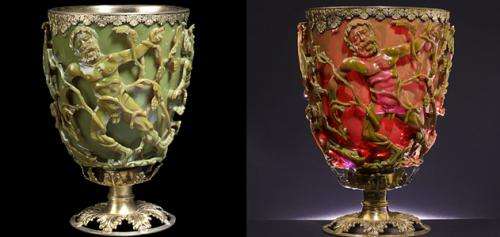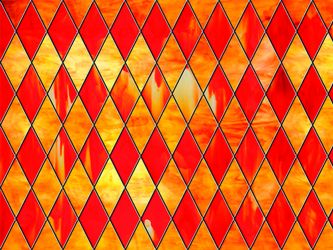Nanotech + Art
Nanotechnology has the possibility of improving human life and expanding our horizons. It can be found almost everywhere from nanoparticles to different nanodevices. The technology used in this process is different from other fields of study as nanotechnology is used in reference to manipulating things on an atomic scale. With new movies coming out nowadays such as Marvel movies, people's conception of nanotech is skewed and hyper-focused on specific areas which don't encompass the full capacity that is nanotech.
ComicBook. “‘Avengers: Infinity War’: Here’s What We Want to See from Iron Man’s ‘Bleeding Edge’ Armor.” Marvel, comicbook.com/marvel/news/bleeding-edge-armor-infinity-war/. Accessed 26 May 2023.
Yirka, Bob. “Goblet Tricks Suggests Ancient Romans Were First to Use Nanotechnology.” Phys.Org, 27 Aug. 2013, phys.org/news/2013-08-goblet-ancient-romans-nanotechnology.html#:~:text=Goblet%20tricks%20suggests%20ancient%20Romans%20were%20first%20to%20use%20nanotechnology,-by%20Bob%20Yirka&text=(Phys.org)%20%E2%80%94Recent,change%20color%20under%20different%20lighting.
“SXRR-9043-O Ruby Diamond Stained Glass - Opalescent.” Decorative Films, LLC., www.decorativefilm.com/sxrr-9043-o-ruby-diamond-stained-glass. Accessed 26 May 2023.
Yirka, Bob. “Goblet Tricks Suggests Ancient Romans Were First to Use Nanotechnology.” Phys.Org, 27 Aug. 2013, phys.org/news/2013-08-goblet-ancient-romans-nanotechnology.html#:~:text=Goblet%20tricks%20suggests%20ancient%20Romans%20were%20first%20to%20use%20nanotechnology,-by%20Bob%20Yirka&text=(Phys.org)%20%E2%80%94Recent,change%20color%20under%20different%20lighting.
Dispatch. “How Can Nanotechnology Impact Our Lives?” The NYU Dispatch, 24 Apr. 2019, wp.nyu.edu/dispatch/2019/04/24/how-can-nanotechnology-impact-our-lives/.
“Impact of Nanotechnology.” Wikipedia, 11 Mar. 2023, en.wikipedia.org/wiki/Impact_of_nanotechnology#:~:text=Major%20benefits%20of%20nanotechnology%20include,%2Dscale%20infrastructure%20auto%2Dfabrication.
Chi Chan was program coordinator for innovation in the Institute’s Center for Contemporary History and Policy. “From Nanotech to Nanoscience.” Science History Institute, 3 Sept. 2020, www.sciencehistory.org/distillations/from-nanotech-to-nanoscience.
“Early Nanomaterials.” International Institute for Nanotechnology, 15 June 2021, www.iinano.org/pre-18th-century/#:~:text=Although%20they%20were%20unaware%20of,is%20due%20to%20silver%20nanoparticles.



Hi Griffin,
ReplyDeleteGreat job on this week's blog. I loved the reference to Iron Man. I found it so interesting that older civilizations did not even know the science they were using to create beautiful art. Makes you wonder what else they learned along the way not knowing. I also looked into nanoparticles as well and found that scientists are using them to create a packing to improve agriculture and keep bacteria away from the food.
Hi Griffin,
ReplyDeleteI really enjoyed reading your blog for this week. I also think its amazing that nanoparticles have been apart of such historical pieces of art. I also think its fascinating that the use of nanoparticles to create colors is what is used for stained glass as in my opinion it adds another level of awe to the craftsmanship. I love how something so small can help create such beautiful timeless pieces of history. Thanks for sharing!
Good evening Griffin, you did a specular job on your blog this week just explaining and detailing out the nanoparticles. I think this has been something that is extremely interesting because they also talk about this in shows like the flash or even movies like the avengers. I love how you gave us a timeline and a background information about what's going on in the world and the new ay of life.
ReplyDelete